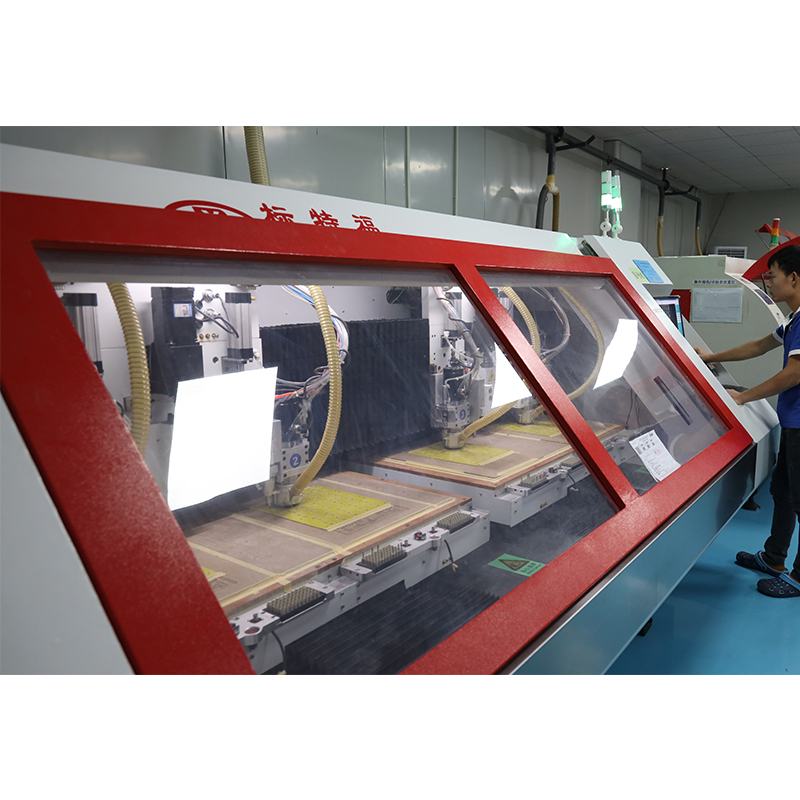In this blog post, we will discuss 20 proven PCB cost-saving tips that can help you streamline your manufacturing process and ultimately increase your profits.
In today’s highly competitive electronics manufacturing world, finding ways to reduce costs and increase efficiency is critical for any business. Printed circuit boards (PCBs) play a vital role in the functionality of electronic devices, and optimizing their production processes can lead to significant cost savings.
1. Plan and design efficiency: The first step to saving costs starts from the design stage. Encourage your team to design PCBs with efficiency in mind, ensuring optimal component placement, trace routing, and minimizing board size.
2. Optimize component selection: Selecting cost-effective components that meet project requirements can significantly impact PCB cost. Compare prices from different suppliers and ensure compatibility with your design.
3. Minimize the number of layers: Reducing the number of PCB layers can significantly reduce production costs. Analyze your design and evaluate whether unnecessary layers can be eliminated without affecting functionality.
4. Panelizing your PCB design: Panelizing your PCB design involves arranging multiple copies of the same design on a single panel. The technology optimizes material utilization and increases production efficiency, resulting in cost savings.
5. Standardize your PCB specifications: Standardize the specifications across your design to benefit from economies of scale. This method allows you to order larger quantities and negotiate better prices with the manufacturer.
6. Choose Surface Mount Technology (SMT): SMT components are generally cheaper and faster to assemble than through-hole components. Transitioning to SMT helps reduce production costs while maintaining quality.
7. Optimize PCB assembly: Work closely with PCB assembly factories to simplify the assembly process. Efficient technologies such as automated placement machines and solder paste stencils can save time and reduce errors.
8. Avoid design revisions: Frequent design revisions increase costs due to the need for additional production runs and wasted material. Ensure thorough design verification to minimize opportunities for modifications.
9. Perform Design for Manufacturing (DFM) Analysis: Performing a DFM analysis can identify potential manufacturing issues early in the design phase. By addressing these issues ahead of time, you can prevent costly mistakes in your production process.
10. Utilize Design Rule Checking (DRC) software: Implementing DRC software helps detect design errors and rule violations before sending design files for manufacturing. Correcting errors early can save time and money.
11. Optimize Gerber files: Optimize your Gerber files to ensure accuracy and eliminate unnecessary elements. Thoroughly review documents to avoid costly manufacturing errors.
12. Regularly evaluate suppliers: Constantly re-evaluate your PCB suppliers to ensure you get the best quality at the most competitive price. Engage in price negotiations and consider alternative suppliers if cost-effective options are available.
13. Utilize design libraries: Creating design libraries for commonly used components can save time and minimize errors. Reusing already proven components eliminates the need for retesting and reduces manufacturing costs.
14. Consider material substitution: Research alternative materials and their costs to identify possible replacement materials that can reduce overall PCB expenses. Make sure replacements meet your project requirements and quality standards.
15. Choose reliable turnkey PCB services: Turnkey PCB service providers offer comprehensive solutions including PCB manufacturing and assembly. Choosing a reliable supplier saves time, reduces shipping costs and minimizes coordination efforts.
16. Minimize NRE costs: Non-recurring engineering (NRE) costs can significantly impact the overall cost of PCB production. Streamline your production process and avoid unnecessary iterations and changes that incur additional NRE expenses.
17. Choose the right PCB surface finish: Choose the right PCB finish based on your project requirements and budget. Options such as HASL, ENIG, and OSP offer varying costs and capabilities.
18. Maximize panel efficiency: Work with manufacturers to maximize panel efficiency by optimizing panel design and arrangement. Effective panel utilization reduces material waste and lowers costs.
19. Optimize your testing procedures: Fine-tune your testing methods to minimize error rates and unnecessary rework. Efficient testing ensures improved product quality while minimizing the costs associated with failed PCBs.
20. Simplify supply chain management: Effectively manage your supply chain by consolidating orders, optimizing inventory levels, and identifying potential cost-saving partnerships with suppliers.
By implementing these 20 PCB cost-saving tips, your business can significantly reduce expenses without compromising quality. Keep in mind that each organization’s requirements may differ, so analyze your processes, collaborate with your team, and choose the strategy that best meets your goals. With optimized manufacturing processes, you can enhance your market competitiveness and achieve sustainable growth.
Post time: Oct-12-2023
Back







